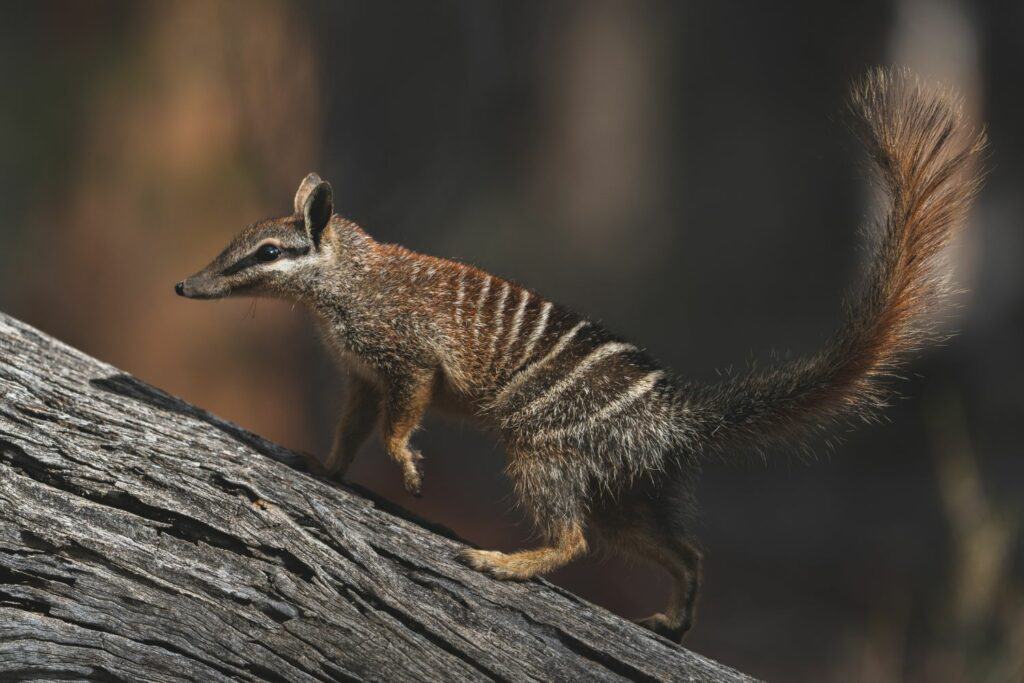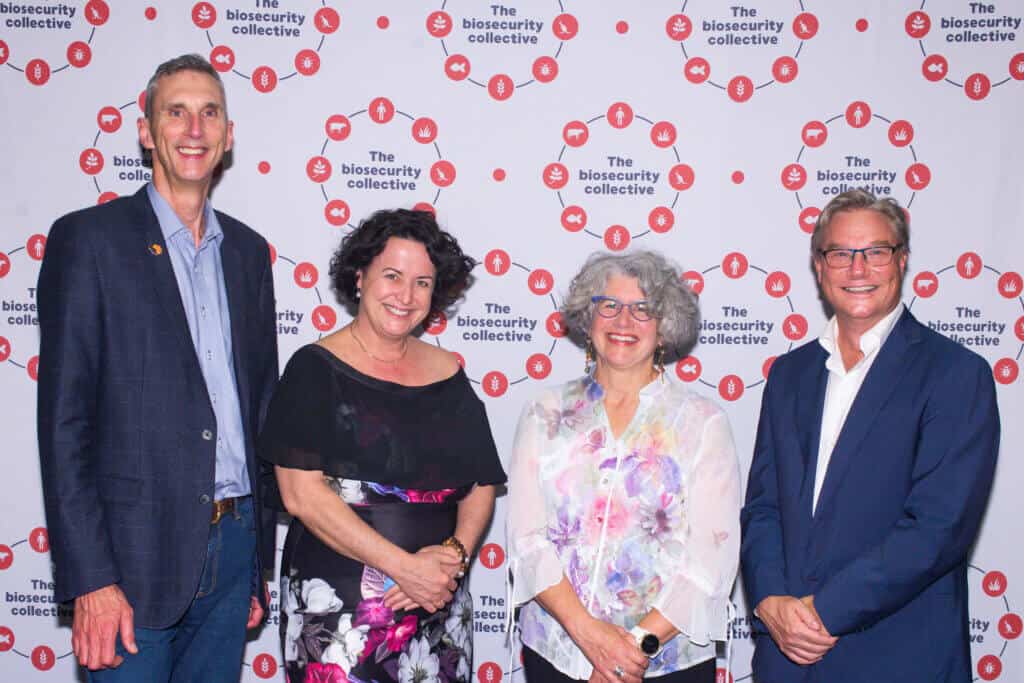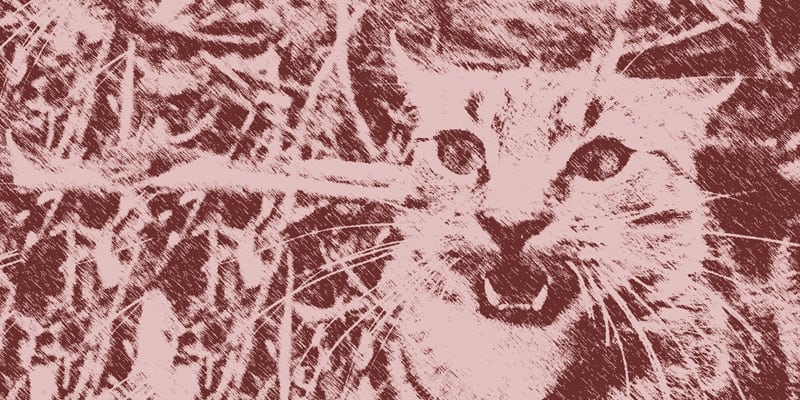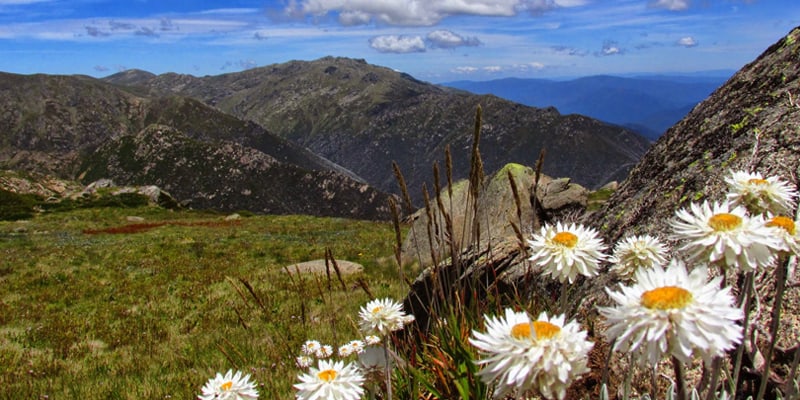Lyall Grieve is Conservation and Biosecurity Analyst for the Invasive Species Council.
A closing window of opportunity
Australian environmental protection has reached the moment of truth. Facing an extinction crisis, strengthening the national threat abatement system is essential to stop extinctions and prevent more species becoming threatened.
Excitement grew after the Environment Minister, Tanya Plibersek announced the Nature Positive Plan, which outlined the government’s nature law reforms in May 2022. But now in 2024, with talk of a federal election on the horizon, experts are growing more anxious as the window of opportunity for promised ambitious reform appears to be closing. While some of the key priorities identified in the review of the Environment Protection and Biodiversity Conservation Act have been taken up, a once-in-a-generation chance to strengthen our environmental protection laws has not yet been realised. There has been very little publicly released information on the legislation and restricted consultation on exposure drafts.
We have made some progress. Serious gaps are being addressed with the development of national standards, the establishment of a federal Environment Protection Agency, higher data standards through an Environmental Information Australia, engagement with First Nations people and other commitments. These go a long way in tightening the widely recognised unfit for purpose Act. But we must not accept sidegrades to streamline development approvals that, at best, do not strengthen protections for our environment.
This affects every Australian and future generations – and we encourage all to engage in the public consultation and speak with local political representatives. Stronger environmental law matters if we are to protect nationally significant biodiversity and threatened species. However we must ensure that the reforms are truly ‘nature positive’ – directly improving protections for biodiversity for future generations.

Three steps to stronger threat abatement
Australia has a two-pronged approach to saving threatened native species and ecosystems. The first prong focuses on recovery, the second on threats. When considering the impact of invasive species, the primary driver of extinctions – stopping threats is key.
There are three major reforms tasks for improving threat abatement under the EPBC Act:
- improving processes to list threats and apply effective threat abatement responses and mitigate emerging invasive threats.
- secure adequate funding – focussing on defining the level of funding needed for effective threat abatement, the economic benefits of abatement and the potential sources of funding.
- Inspire a strong national commitment – focused on intergovernmental agreement, nationally coordinated and collaborative threat abatement, community participation and independent oversight of progress.
Details of how these can be achieved are outlined in the report “Averting extinctions: The case for strengthening Australia’s threat abatement system” here.
Time is running out for our nature laws. We still lack great detail on what the laws will look like and how these reforms will work.. The federal government has made commitments of “no new extinctions”. While this is admirable, it requires ambitious reform goals. These ambitious reform goals also require collaborative efforts beyond internal department processes, and most crucially, transparent consultation.
More than 100 species have recently been assessed as facing a high (>50%) risk of extinction in the next 10–20 years, more than the total number of confirmed extinctions since European colonisation. Many unlisted species are in decline, and focusing efforts on threat abatement is needed to enable the recovery of these species before it is too late. Stronger threat abatement will also foster resilience to the emerging threat from climate change.
2024 may be the last chance we have to shape our new environment protection laws into something that will adequately abate threats, protect threatened species and communities, address climate impacts while allowing for sustainable development.




